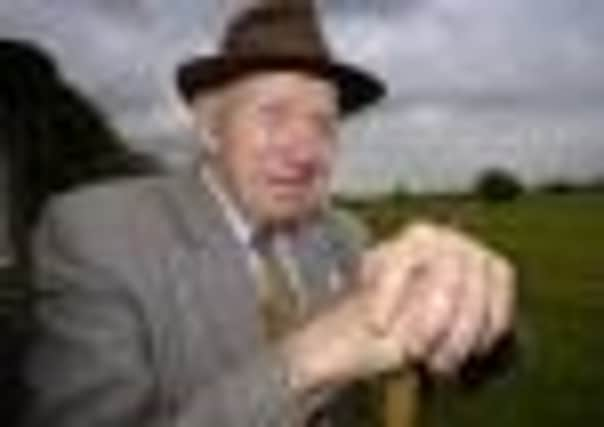Austerity returns – but with less formality


The county councils of the West and North Ridings of Yorkshire and eight local authorities were considering the proposed boundary of a new Dales National Park which would cover 600 square miles. Nearly every farm had its own dairy cow and farmers still wore their jackets and ties whilst driving their tractors. This was 1952.
It was still a period of austerity where everyone was encouraged to cut down where possible. The main farming publication The Farmer & Stock-Breeder announced the building of new power stations but warned: “There is still a danger of overloading plant resulting in inconvenience and loss of production…. if all play their part, both in industry and in their homes, the nation can benefit by all the advantages of increased production and improved amenities that the electrical age has in store…”
Advertisement
Hide AdAdvertisement
Hide AdVeteran showman Bert Verity of Kirkby Overblow, who turns 99 in a month’s time, remembers the event that brought colour to the general greyness, the coronation in 1953.
“There were celebrations at Barrowby House where the vicar’s widow lived. We had a sit-down tea, there was a children’s party and a bonfire in that order. Everyone was there from the village and the surrounding farms. It was a good time.
“The country was just settling down after the war and we were getting de-rationed. The livestock markets were still controlled by the government which meant that stock was allocated to a particular town or city and it was pot luck what meat you got. I think Wetherby Market’s stock went to Manchester and Boroughbridge’s may have gone to Leeds or even London.” Bert was in his late 30s and already a well-known showman. He has always held strong views on the county’s showing circuit and he was particularly concerned about the Yorkshire Agricultural Society bringing the Great Yorkshire Show to a permanent site in Harrogate the previous year with Princess Elizabeth, known by the title Princess Royal, as its President.
“All of the agricultural shows were cancelled during wartime, so they were finding their feet. I remember the three who bought the showground on behalf of the Yorkshire Agricultural Society – Frank Abbey, Frank Chapman and Leslie Cayley. I asked why they had bought what I had always felt was an awful tract of land and they told me they had bought it for its position, somewhere everyone in the county could get to easily. It had to be, because the land included a quarry and had a railroad running through it at the time. It was awful.”
Advertisement
Hide AdAdvertisement
Hide AdYorkshire’s fields were still populated with Dairy Shorthorn, Ayrshire, Jersey and Guernsey cows. The Holstein, Limousin, Charolais and Simmental cattle revolution would not come until the 1970s.
“Importation of livestock and food had been banned during wartime and we had become self-sufficient as a country,” says Bert.
How much did it cost in 1952?
A 1952 pound – 20 shillings (20/-)or 240 pence – would have the spending worth of about £23.50 today.
Farmer and Stock-Breeder Northern Edition (weekly) cost 8d.
The Dalesman (monthly) cost 9d.
John Fowler & Co Crawler Tractor (manufactured in Leeds) cost £1,270.
Dunlop Wellington boots cost 34/-.
Touring caravan £200.
The New Inn in Appletreewick was purchased for £8,400.